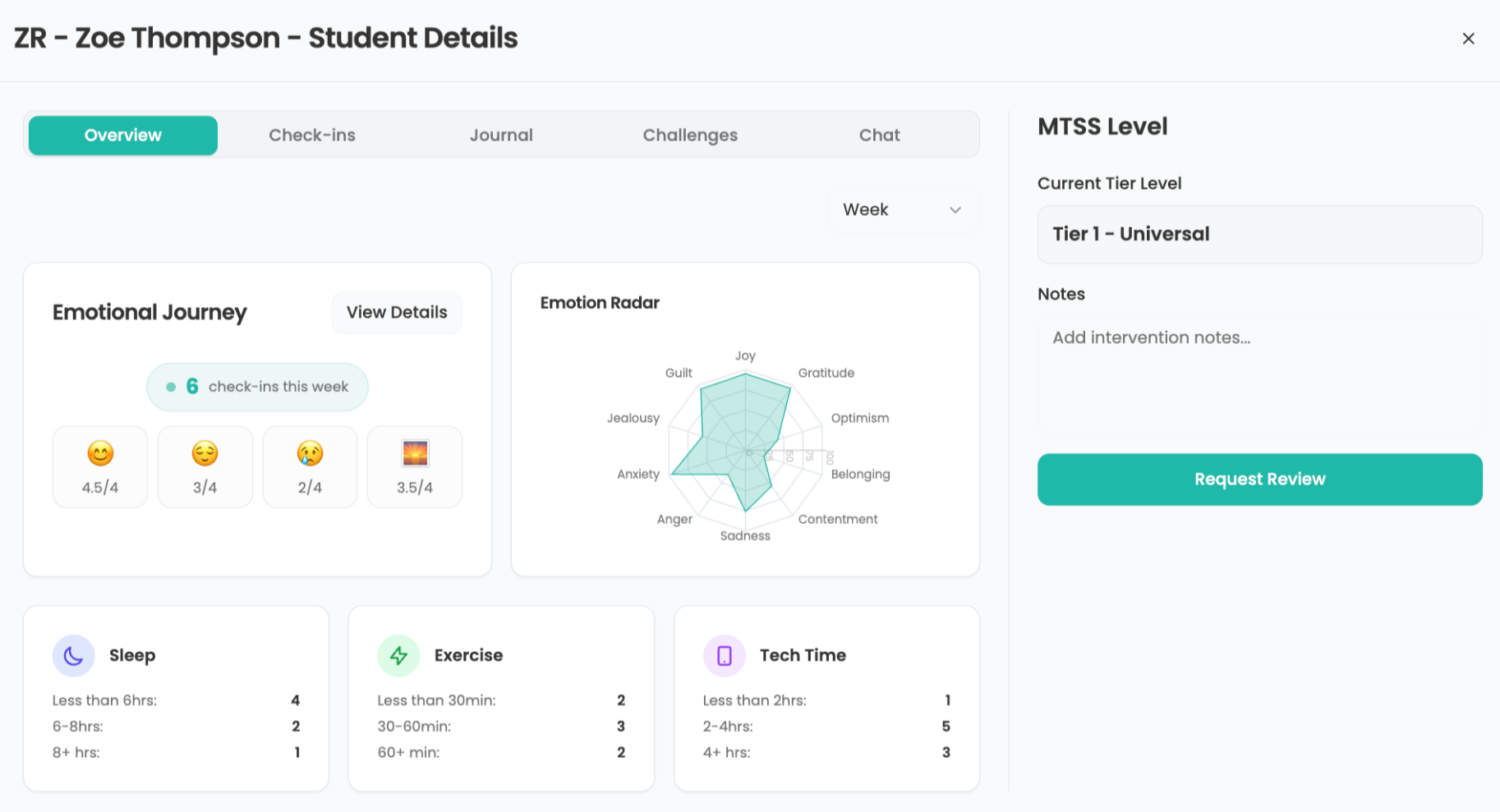6 Steps to Exterminating Innovation in Schools

We’ve all heard about some great new change in education. Some innovation sweeping the area schools whether it be a new way to teach or a new type of ed tech tool. Innovation is an annoying pest. It infects organizations and makes people uneasy because it’s usually accompanied by a disease called “change.”

Many of the things we try to do in our district are innovative. We’ve had 1:1 iPads for nearly 4 years. We’ve tried to shift pedagogy to more of a student-centered and immersive authentic approach. We have even started to pilot flexible furniture and customized learning spaces. However, with each new approach, we have experienced some opposition from those seeking to maintain the status quo.
“I went to school without technology or fancy furniture and I made it out just fine.”
That’s a common one I’ve heard. Or this one:
“All this stuff costs money and support, so why are we doing it?”
It’s true, innovation is a pesky agitator to the status quo and it does come at a cost. In education, it’s even more of a pest because the one thing almost everyone in our country has in common is that we all have the same stored image (and hence vision) of what education is and how to play the game of school.
Innovation turns that image on its head.
Rather than continuing to fight this contingency, I’ve decided to take the opposite approach in this post. What follows are the best ways to “exterminate” the pest that is innovation.
Tools and ideas to transform education. Sign up below.
Step 1 – Rule with Fear
One of the best ways to really stop innovation in its tracks is applying high doses of fear. H.P. Lovecraft says that the greatest fear in all of mankind is the fear of the unknown. Innovation as a definition is in fact the introduction of something new and in a sense, a journey into the unknown. If you find innovation infiltrating the walls of your school, be sure to point out the fact that no one knows if this will work. A “F.U.D. campaign” is a popular pesticide to use for those that fear change. It can root out the innovation quickly by making school decision-makers hesitate. Adding some uncertainty and doubt by mentioning that “no one else is doing it so it probably won’t work” will also help. After all, to truly be innovative, it has to be against the norm.
Step 2 – Micromanage and Control

Perhaps innovation has already started to infect some of your staff and you are past the fear stage. It’s hard to be creative and innovative with a short leash. Start to give those creative types more rules and increase menial tasks to really deter the spreading of innovation. By applying steady pressure via administrative policies and peppering them with busy work, you’ll be sure to extinguish the light of innovation. Within months you’ll notice that the innovator has become a shell of himself/herself. They now work the exact hours they are supposed to, dutifully laboring at their desks and mumbling about something regarding TPS reports.
Step 3- Don’t Provide Support
Should fear and micromanagement not work, make sure you don’t provide the innovation any support. Professional learning and support are fertilizers needed to help innovation grow. Should an innovation like a new technology tool make its way on your campus, rest assured that by cutting support, it surely won’t spread (and certainly won’t be integrated into learning).
Step 4 – Don’t Allow Sharing
What’s the quickest way to spread a disease? By sharing of course! One of the most annoying side effects of a district infected with innovation is how much they like to share. “Look at this cool genius hour thing we are doing” or “My kids love formative assessment and here’s why” are some of the common things you might here in these districts. Social media is a breeding ground for innovation. If you are trying to root this disease out of your schools, I’d start with blocking all social media.
Step 5 – Cut Corners
Let’s say that you might start to believe that this whole “internet thing” isn’t going away and having some technology in the classroom might not be a bad thing. (Careful! You are starting to sound like an innovator!) What’s the best way to concede this fact without letting innovation spread? Just institute one of those Bring Your Own Device programs! EUREKA!
A BYOD program is a great way to save money. You can tell people on the outside that you have technology in your schools but you don’t have to pay a dime to purchase or support it. Genius! And since you already stopped providing professional training (step #3) and aren’t allowing any best practices to be shared (step #4), this will surely just be a nuisance in the classroom. Teachers will become so frustrated they’ll welcome the change back to “traditional” teaching and learning.
Step 6 – Focus on the Negative
If you’ve tried all the above 5 steps and innovation continues to creep into your school, it’s time to get ugly. As much as schools try and champion the concept of celebrating failure (another pesky innovative concept) at this point in the game you need to break out the heavy artillery. Begrudgingly, it’s time to use that new-fangled thing called the internet to seek out all the negative information (and mis-information) you can.
If you can find another district dealing with this infection of innovation out there you can probably find something negative about it. Some good things to search for are articles about screen time or negative test scores or best of all, some kid getting “hurt” because of the new innovation. Be sure to add your own mixture of negative press with Step #1 and you should be able to rid your school of the innovation as well as any one else possibly infected with it.
Success!
You’ve done it! The innovation has finally been successful exterminated! Now you and your kids can go back to their “regular” classroom lives.
No more new teaching styles. Just straight up good old fashioned lecturing for hours on end.
No more fancy new technology. Students can break out their notebooks or better yet, chalk slates to keep track of what they need to learn.

What the classroom SHOULD look like
No more new-fangled movable or flexible furniture. Kids should be able to sit still for 8 hours and focus on the front of the room. Next thing you know they’ll want better food to eat in the cafeteria!
No more talk about 21st century or “future-ready” skills. The best skills are the original three R’s – Reading, Writing, and ‘rithmetic. After all, its not like you can grade people on collaboration or creative problem-solving?
No more talk of change. Education needs to be a stable, un-changing institution of American culture. That’s what made us great in the 1950’s and that is what is going to make us great in the future.
So sharpen up those number 2 pencils and let’s move forward! Wait…that’s too progressive.
On second thought…let’s just stay right where we are and never move forward.
cross posted at http://hookedoninnovation.com
Carl Hooker is the director of innovation & digital learning at Eanes ISD in Texas. He serves as an advisor to the School CIO member community, a group of top tier IT professionals in schools across the country who understand and benefit from news and information not available elsewhere. Read more at Hooked on Innovation.
Carl Hooker has spent the past 20+ years in education as a teacher and administrator focused on the thoughtful integration of technology and innovation. He consults for multiple districts across the country and is a frequent speaker at state and national events. In his free time he's an author, DJ, podcast host, Poetry Slammer, and Trivia Night MC. He's the co-founder of the social platform K12Leaders.com. Check out his latest book Ready Set FAIL! Now available for order here: https://mrhook.it/fail Read more of his blogs at Hooked on Innovation.
